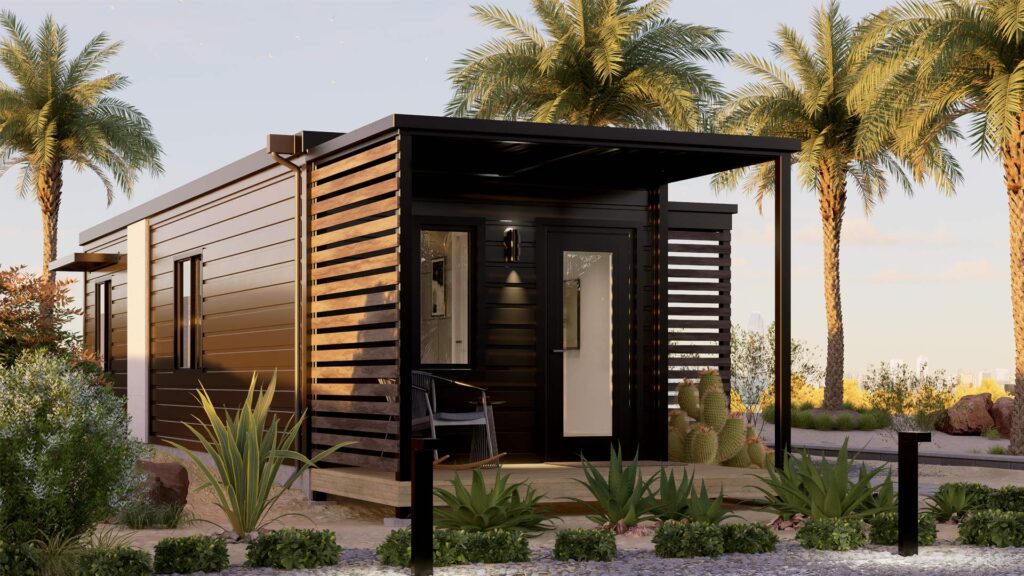The global housing market faces a significant challenge:
The rising demand for affordable housing is outpacing traditional construction methods’ capabilities. This has led to a growing affordability crisis, particularly in urban areas. However, modular construction is a promising solution, offering a faster, more efficient, and potentially more affordable way to build the homes we need.
The Need for Affordable Housing:
• According to the United Nations, the global affordable housing gap is estimated to be 36 million units, with 1.6 billion people lacking access to adequate and affordable housing.
• In the United States, the median sales price of existing single-family homes increased by 17.2% in 2022 compared to 2021, significantly outpacing wage growth.
Modular Construction: A Viable Solution:
Modular construction involves building prefabricated modules in a controlled environment and then transporting them to the construction site for final assembly. This method offers several advantages compared to traditional construction:
- Faster construction times: Up to 50% faster completion compared to traditional methods, leading to quicker availability of housing units. (https://www.modular.org/)
- Cost-efficiency: Streamlined processes and reduced waste can lead to cost savings of up to 20% (https://www.modular.org/).
- Improved quality: Controlled factory environments can ensure higher quality construction and consistency.
- Sustainability: Reduced waste and efficient use of materials contribute to a more sustainable building process.
Data-Driven Benefits :
A study by McKinsey & Company found that modular construction can reduce construction costs by 10-20% for affordable housing projects.
In Los Angeles, California, a modular construction project successfully delivered 150 affordable housing units within a 20% shorter timeframe compared to traditional methods.
Addressing Challenges and Building the Future:
While modular construction offers significant potential, addressing some challenges is crucial for wider adoption: • Raising awareness: Educating stakeholders and the public about the benefits of modular construction is essential. • Standardization and regulations: Streamlining regulations and promoting standardized modules can improve efficiency and cost-effectiveness. • Skilled labor: While modular construction requires different skill sets, it can also create new job opportunities in manufacturing and assembly.
Modular construction presents a compelling solution to the growing need for affordable housing. By leveraging its speed, efficiency, and potential cost-effectiveness, we can build a future where everyone has access to safe and decent housing. By investing in research, innovation, and infrastructure, we can unlock the full potential of modular construction and build a brighter future for our communities.




